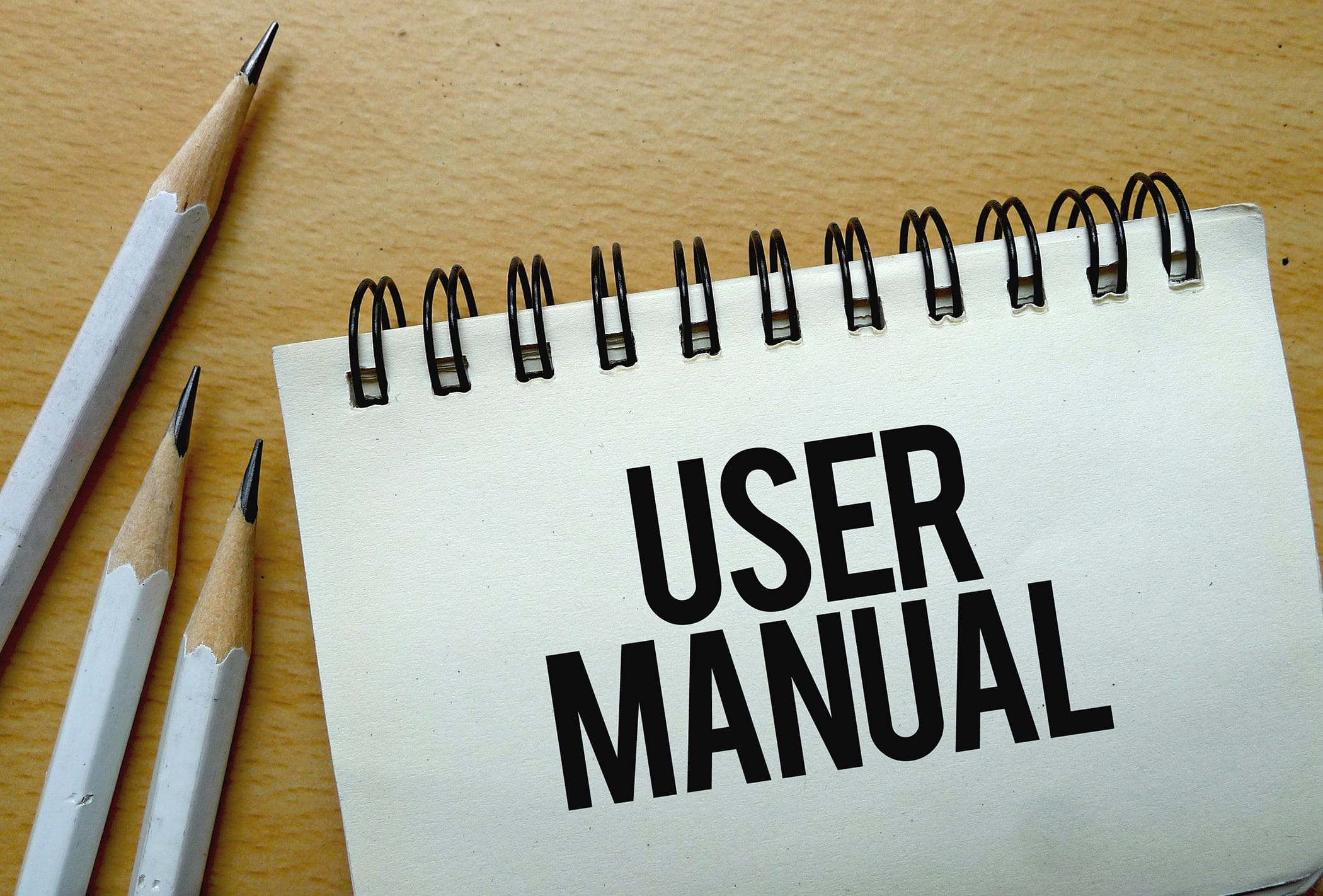

July 25, 2022
Have you ever picked up a textbook or instruction manual and groaned at the size of it? As you paged through it, you got a sinking feeling as you wondered how you would get through the long, slow process of reading it. You probably wondered why this wasn’t a user friendly manual.
If you’re printing an instruction manual, you don’t want people to have that same reaction. Fortunately, the way you design your manual can make it easier and more inviting to read. Printing user friendly manuals means your readers won’t just toss the book aside when you hand it to them.
When we talk about instruction manuals, we are talking about any book that readers use to learn about a company or product. They can include:
Typically, these books cover a lot of dense material that is new to the average reader. Although you can’t change the material to be more exciting, you can choose design styles that make it easier for the reader to understand and retain the information. Here are our top tips for designing user friendly handbooks and manuals.
If some of the material includes charts and tables, infographics can help readers make sense of the numbers by seeing them visually.
An infographic is a visual image that stands for data in an engaging and visually arresting way. It combines statistics, text, diagrams, and pictures to explain complex data in a clear, simple-to-grasp way. Infographics are common in news articles, where they often go with articles about statistical trends in society.
A good infographic combines:
How do you get good infographics? A professional graphic designer can create them. Use them to illustrate parts of your manual that are heavy on numbers or detailed technical explanations. They make your user friendly manual come alive.
Does your manual have the essential information you want to be sure your readers get? Successful and user friendly manuals often include callouts and other design elements that highlight key facts in the material. There are several ways to do this:
At the end of each chapter, include a bulleted summary of the information that was just covered. While these can’t replace reading the text, they’re an essential element of any user friendly manual. Why are bullets important? They:
Many people like to add their own notes to the material they’re studying. These notes may come from meeting discussions or their research. Note-taking is an important part of learning. Studies have found that people who take written notes have a better understanding and better recall than people who take digital notes—and far better than people who don’t take any notes.
With that in mind, be sure to include one or two blank note pages at the end of each chapter. This is an affordable extra that won’t add a lot to your printing costs and can make a big difference in how user friendly your book is.
Many people like to jot down notes directly on the page as they’re reading about the material. This can result in messy scribbles that are hard to read later. It’s helpful to include a small note-taking section at the bottom of each page. These sections make it easy for users to keep track of notes, numbers, and other important information when needed.
Don’t skimp on the paper for your front and back covers. A user friendly handbook will get a lot of use, so choose a heavy stock for the covers. Thin paper covers will quickly wear out after repeated handling and may eventually fall off. Consider using a gloss coating that will help keep finger smudges and other stains to a minimum.
Don’t try to cram all your information into dense, unreadable pages. A clean layout with plenty of white space is easy on the eyes and much less intimidating to read than pages of heavy text loaded with graphs and charts. Break up the text and visuals into smaller, more digestible pages.
A professional graphic designer can help you create appealing pages. If you’d rather design it yourself, look for templates designed specifically for user friendly manuals.
For the same reason, use a larger font size that’s easy to read. Many people keep an instruction manual open while they’re following the instructions, reading at their desk, or otherwise reading from a distance. A large, clear font lets them read without straining their eyes. Add visual appeal and readability by using a serif font for the main body and a sans serif font for the headlines.
Many instruction manuals and policy handbooks have a lot of text, and some publishers try to save money by printing all that text in a few cramped pages. If you’re concerned about adding costs to your printing project, talk to your printing representative about affordable ways to use large, clear fonts.
The most user friendly manuals and handbooks use plastic coil or wire-o binding. These binding types allows the book to lay flat while it’s open. The reader can have both hands free to take notes or follow the book’s instructions.
Many recipe books use these binding styles. The book can lay flat on a kitchen counter, and this allows the reader to follow the recipe instructions without having to constantly hold the book down with one hand while trying to stir, pour, and baste with the other. Plastic coil and wire-o binding is also tough enough to stand up to the frequent opening, closing, and perusing that most manuals go through.
Once you’ve designed your user friendly handbooks, make them stand out with professional printing. If you need help with any part of this process, talk to the experts at Publishing Xpress. We can help you print manuals that work for your particular use.
© 2025 Publishing Xpress. All Rights Reserved.